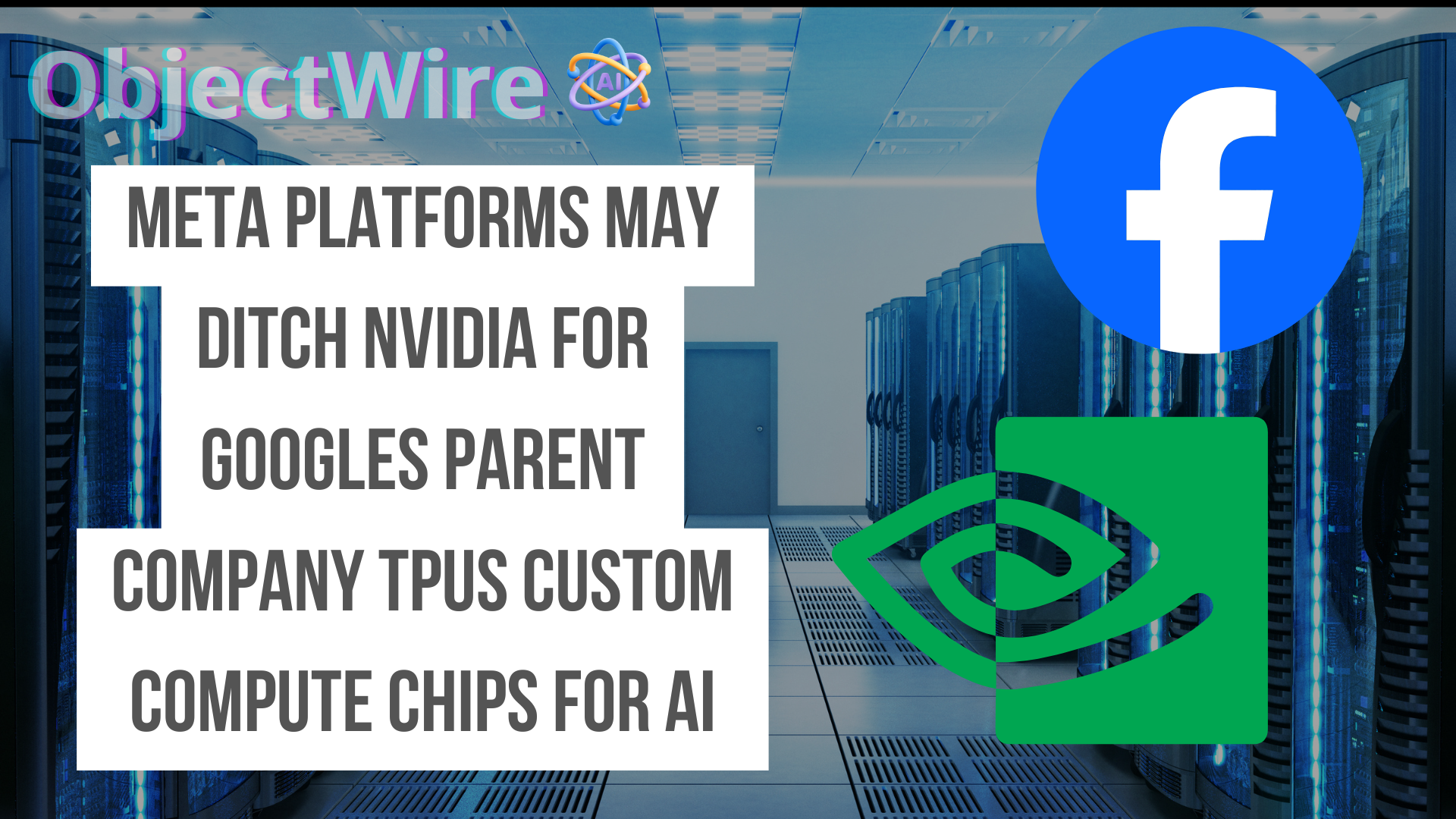Rental Car Companies Are Using AI to Charge Drivers for Damages
Here is another thing to worry about: Renters beware
The rental car industry is adopting artificial intelligence (AI) to inspect vehicles and charge customers for damages, adding a new layer of concern for renters already grappling with a complex process. While AI promises precision and efficiency, it’s also leading to unexpected fees for minor or pre-existing damage, leaving customers frustrated and financially strained.
The Rise of AI in Vehicle Inspections
Manual inspections, once the standard for rental car companies, were often inconsistent and prone to human error. Now, industry leaders like Hertz, Avis, and Enterprise are turning to AI-powered systems to streamline operations.
Hertz, for example, has partnered with UVeye to deploy AI-driven scanners at select U.S. airport locations, with plans to expand to 100 sites by the end of 2025, according to a reports of their new partnership.
Partnerships with Companies like UVeye coming to multiple rental companies
Avis and Enterprise are also testing similar technologies to reduce disputes and speed up vehicle turnarounds. While these systems are promoted as enhancing transparency, they’re raising concerns among renters who face hefty bills for minor or pre-existing damage that might have been overlooked in the past.
How AI Damage Detection Works at Hertz Rental Car
Inspection systems integrate cameras, sensors, and advanced algorithms to examine a vehicle’s condition. When you return a rental car, it may pass through a scanning station that captures detailed images of the exterior.
The technology’s precision is both its advantage and its drawback.
Customer Complaints and Hidden Costs so Far
The move to AI inspections has sparked widespread customer dissatisfaction, with renters shocked by unexpected charges. Posts on X and newspaper articles highlight cases where customers faced bills of $500 or more for minor scratches or dents they didn’t cause. One Hertz customer was charged $500 for a small dent they claimed was pre-existing, with no clear path to dispute the fee.
How to Protect Yourself as a Renter
To avoid being blindsided by AI-driven charges, renters must be proactive. Here are essential steps to safeguard your wallet:
- Document Everything:
- Understand the Rental Agreement:
- Conduct Your Own Inspection:
- Act Fast on Disputes:
- Consider Insurance:
The Road Ahead Rental Cars and Artificial Intelligence
As AI technology advances, its use in the rental car industry will likely grow. The current implementation risks alienating customers, but companies could build trust by providing real-time damage reports at the point of return, allowing renters to verify findings immediately. Independent oversight of AI systems could also ensure they’re programmed fairly, not to maximize profits at customers’ expense.
Objective Opinion: Renters, Stay Alert
Rental car companies are increasingly using AI to detect vehicle damage, but this high-tech approach is catching renters off guard with unexpected fees.






